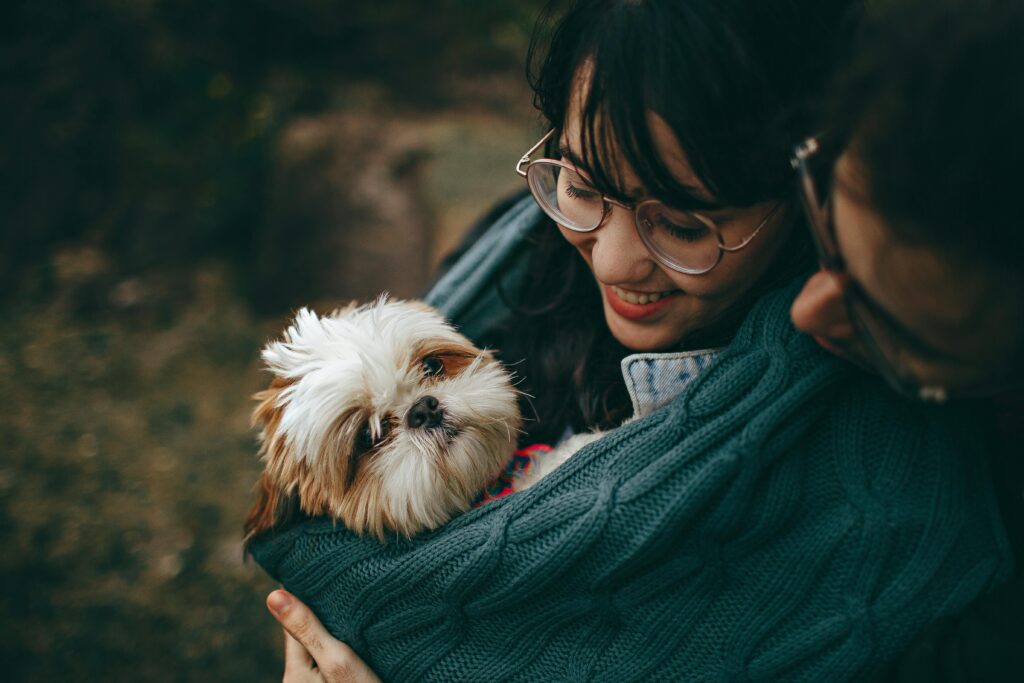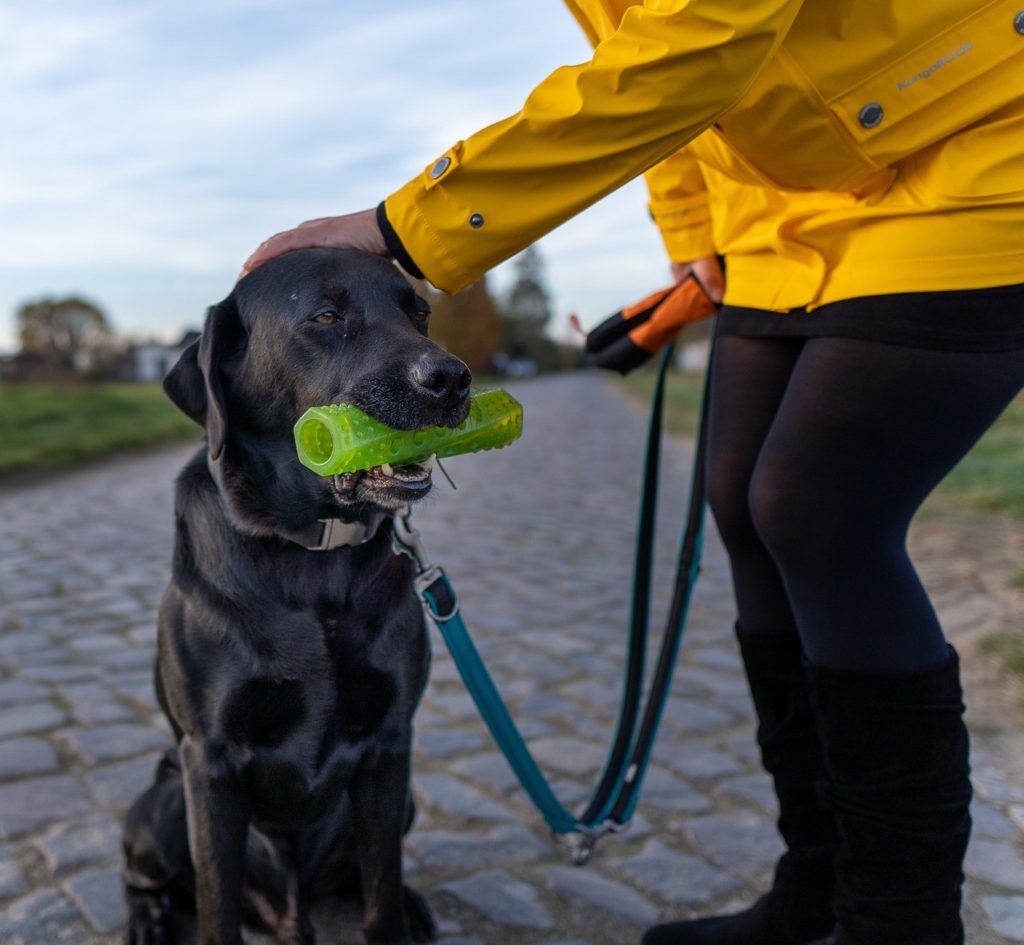Dog barking is a complex behavior that serves various purposes in dog communication. Dogs bark to:
- Express different emotions
- Signal potential dangers
- Seek attention from their owners or others
- Show distress when they are left alone
By understanding the reasons behind your dog’s barking, you can better meet their needs and effectively manage their behavior.
Why It Matters: Understanding why dogs bark is crucial for effective management, especially when dealing with excessive barking. Instead of just treating the symptoms, this knowledge allows you to address the underlying causes, resulting in a more harmonious relationship with your furry friend.
The Truth About Dog Barking: Why It Happens and What to Do
Understanding dog barking is essential for addressing this common behavior effectively. This article delves into:
- Natural Communication: Exploring how barking functions as a natural form of communication among dogs.
- Emotional Expressions: Examining how dogs use barking to express emotions such as joy, fear, and distress.
- Common Reasons for Barking: Identifying attention-seeking, fear-based triggers, and other common causes.
- Impact of Excessive Barking: Discussing the implications of excessive barking on a dog’s health and well-being.
- Management Strategies: Offering practical tips to manage and reduce excessive barking.
- Professional Help: Recognizing when it’s time to seek professional
- Root Causes: Emphasizing the importance of addressing underlying issues for long-term solutions.
By understanding these aspects, you can develop effective strategies for managing your dog’s barking behaviour.
Understanding Why Dogs Bark
Dogs communicate in a complex and multi-layered way, and barking is one of their natural forms of expression. They use barking to convey different messages and emotions, making it an important part of how they interact with humans and other animals.
Emotional Expressions Through Barking
Dogs bark for various emotional reasons:
- Joy: When they’re excited, like during playtime or when they see their owners.
- Fear: Barking can indicate fear, often triggered by unfamiliar places or people.
- Distress: Separation anxiety or pain can cause distress-induced barking, signalling that they need attention or comfort.
By understanding these emotional signals, you can better understand what your dog is trying to say and develop effective strategies to manage their behaviour.
Common Reasons for Barking
Attention-Seeking Behaviour in Dogs
Dogs often bark to get your attention. This type of barking can occur when a dog is looking for:
- Food
- Playtime
- Affection
Ignoring this behaviour and rewarding quietness can help in managing attention-seeking barking.
Fear-Based Barking and Its Triggers
Fear-based barking happens when dogs feel threatened or scared. Common triggers include:
- Loud noises (e.g., fireworks, thunderstorms)
- Strangers or unfamiliar animals
- Sudden movements
Identifying and desensitizing your dog to these triggers can effectively reduce fear-induced barking.
The Impact of Excessive Barking and Strategies to Manage It
Excessive barking effects on dog health can be significant. Excessive barking is typically defined as barking that occurs frequently and disrupts the household or community. This behaviour can take a toll on a dog’s physical and emotional well-being.
Implications on Dog Health
Excessive barking can lead to:
- Vocal Strain: Persistent barking can strain a dog’s vocal cords, potentially causing long-term damage.
- Increased Stress Levels: Constant barking often indicates elevated stress or anxiety levels, which can affect overall health.
- Behavioural Issues: Dogs that bark excessively may develop other problematic behaviours, such as destructive chewing or digging.
Potential Underlying Issues
Several underlying issues may cause excessive barking:
- Anxiety: Dogs suffering from separation anxiety or general anxiety may bark incessantly when left alone or exposed to stressors.
- Health Problems: Conditions like hearing loss, cognitive dysfunction, or pain can also trigger excessive barking.
- Environmental Factors: Changes in the environment, such as new noises or unfamiliar visitors, can provoke increased barking.
Adequate Mental and Physical Stimulation
To prevent boredom-related excessive barking:
- Exercise: Regular physical activity helps burn off excess energy that might otherwise contribute to barking.
- Mental Stimulation: Puzzle toys, training sessions, and interactive games engage your dog’s mind and reduce idle time.
- Routine Establishment: Consistent daily routines provide structure and predictability, minimizing anxiety-driven barking.
Addressing these factors can significantly reduce excessive barking, promoting better health and well-being for your dog.
When to Seek Professional Help with Dog Barking Issues?
Knowing when to get professional help with dog training is important for ongoing barking problems. Here are some signs that indicate you may need professional assistance:
- Constant and unmanageable barking: Despite your efforts, the barking continues unabated.
- Signs of anxiety or distress: Your dog exhibits signs of anxiety, such as pacing, drooling, trembling, or destructive behaviour.
- Aggression-related barking: Barking that stems from aggressive tendencies towards people or other animals.
- Health-related concerns: Any sudden changes in barking patterns might indicate underlying health issues.
Getting in touch with a professional dog trainer or veterinarian ensures that you address these issues effectively and compassionately.
Addressing the Root Causes of Dog Barking Problems
Understanding root cause analysis in dog behaviour modification is essential for effective long-term management. It’s not enough to simply stop the barking; you must address the underlying issues driving this behaviour.
- Identify Emotional Triggers
Identifying emotional triggers like anxiety, fear, or excitement can help you create a tailored approach.
- Assess Environmental Factors
Assessing environmental stimuli causing distress or boredom ensures a more holistic solution.
- Rule Out Health Issues
Rule out any potential health problems that might be contributing to excessive barking. Always consult a veterinarian for a thorough check-up.
By focusing on these elements, you can foster healthier, quieter communication with your dog.
Conclusion: Embracing Responsible Pet Ownership Through Effective Bark Management Strategies
Implementing a combination of understanding, training, and seeking help when needed fosters a harmonious relationship with your pet. By recognizing the importance of responsible pet ownership with dogs, you can address their needs effectively:
- Understand the reasons behind your dog’s barking.
- Train consistently to encourage positive behavior.
- Seek professional help when necessary for persistent issues.
This holistic approach ensures not just a quieter environment but a happier and healthier dog.












